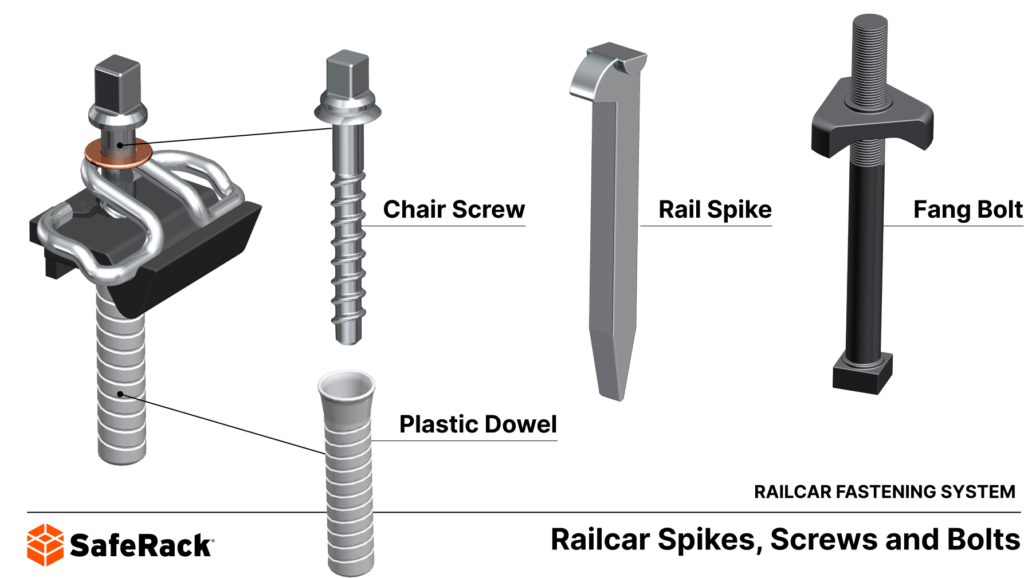Fang bolts, also called rail anchor bolts, provide superior fastening performance compared to traditional rail spikes and chair screws. These bolts feature fanged nuts that bite into the lower surface of sleepers when tightened, creating exceptional resistance to vibration-induced loosening. Fang bolts fix rails or chairs to sleepers by passing through pre-drilled holes in the sleeper structure.

Overview of Rail Fastening Systems
Rail fastening technology has advanced significantly since wooden rails were first used in 1515, evolving to meet increasing demands for speed, load capacity, and safety. Modern systems employ sophisticated components designed to maintain track geometry under extreme conditions. These fastening solutions must balance structural rigidity with controlled flexibility to accommodate thermal expansion and dynamic forces.
The superior vibration resistance of fang bolts makes them ideal for high-stress railway applications. Their mechanical locking mechanism ensures long-term stability with minimal maintenance. SafeRack’s expertise in industrial safety extends to railcar facilities, offering comprehensive solutions including spill containment systems and fall protection equipment that meet SPCC and EPA requirements.
Learn more: Core Components of a Rail Fastening System | Railroad Construction Facts
Frequently Asked Questions
The fanged nut design features angled teeth that embed into the sleeper’s underside when tightened, creating mechanical locking that resists rotation. This positive engagement maintains clamping force even under severe vibration, unlike standard bolts that rely solely on friction.
Fang bolts require precisely drilled through-holes in sleepers, typically 24-30mm diameter depending on bolt size. Hole edges must be clean and perpendicular to ensure proper fang engagement, with any splintering in wooden sleepers treated to prevent moisture ingress.
Fang bolts work best with wooden and composite sleepers where fangs can embed into material. Concrete sleepers require modified designs with cast-in sockets or special inserts, as fangs cannot bite directly into concrete without causing cracking or degradation.



